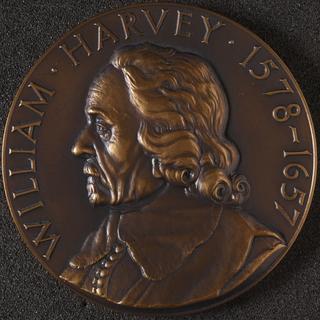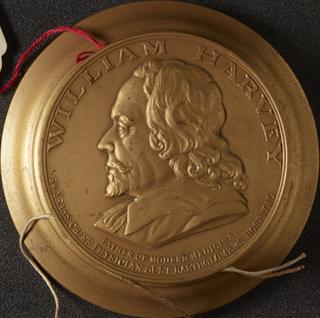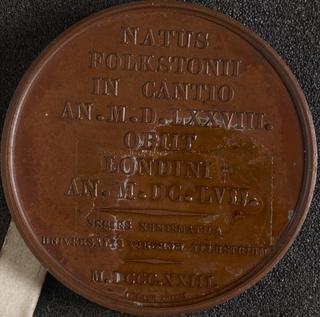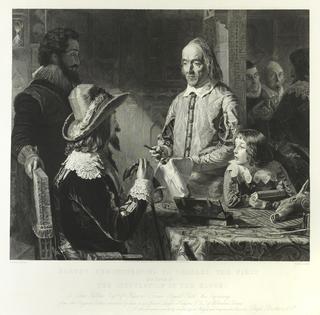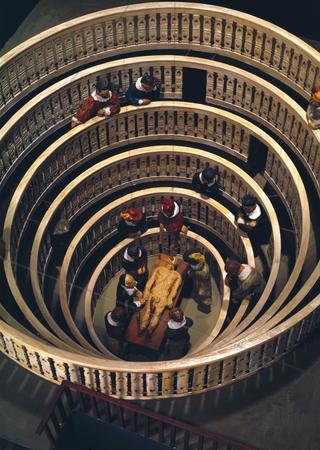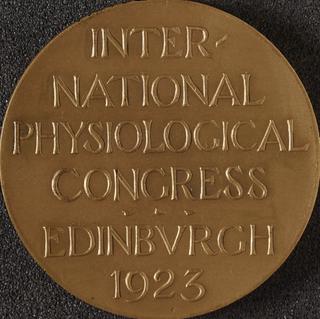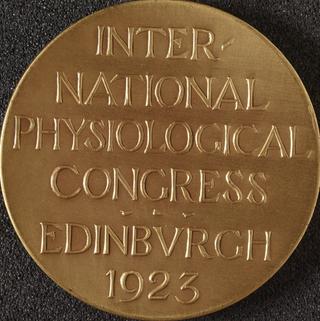
William Harvey 1578 - 1657
William Harvey was both a physician and natural historian. He is best known for his demonstration of the circulation of the blood. This discovery replaced centuries of theory with evidence based on experiment. Born in Kent, Harvey studied at Cambridge before travelling to Padua, one of the pre-eminent medical schools in Europe (where Vesalius had been Professor of Anatomy). Harvey completed his studies in Padua, and was clearly influenced by the emphasis on experimentation and observation he found there.
On his return to England, Harvey rapidly gained prominence. He became a Fellow of the Royal College of Physicians in 1607, and remained active in the college throughout his life. In 1618 he became physician to King James I, a sign of his eminence in the profession and a measure of the useful social connections he gained through his marriage to Elizabeth Browne, daughter of a physician who served both Queen Elizabeth I and King James I. Harvey continued to serve the royal family all his life. His work on the circulation of blood Exercitatio anatomica de motu cordis et sanguinis in animalibus (An Anatomical Exercise on the Motion of the Heart and Blood in Living Beings) was published in 1628, and dedicated to King Charles I.
Harvey's work on the circulation of blood is fundamental to modern understandings of the role of the heart in the body. Yet his work was not immediately popular. Despite the support of the Royal College of Physicians, many found it hard to accept his ideas as they contradicted the theories behind bloodletting, which was central to medical practice of the time.
